
How Polestar wants to make the cleanest EV
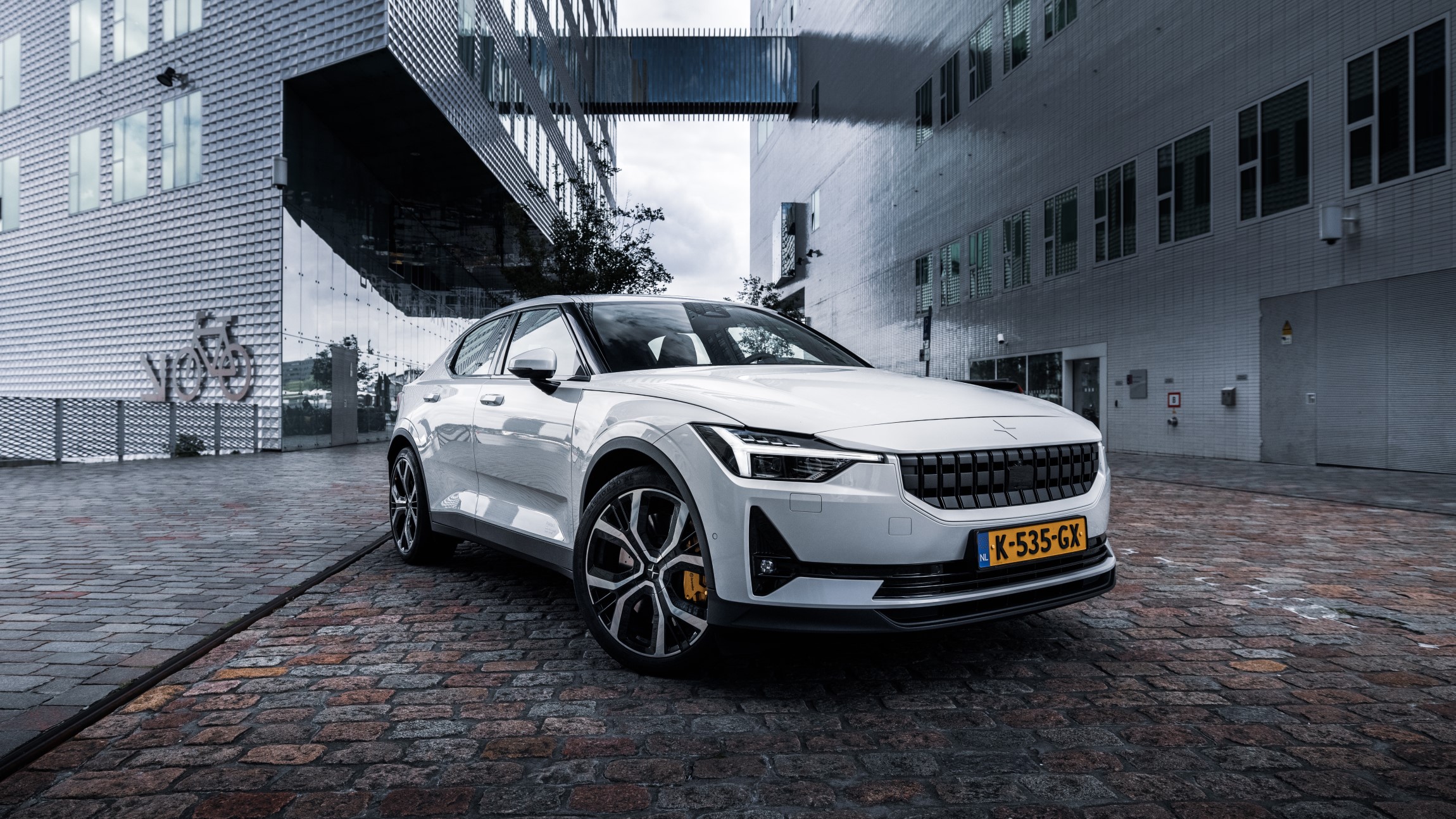
Most recent
Through unprecedented dedication, is EV-start-up Polestar trying to decarbonize its entire supply chain.
Polestar is becoming one of the benchmarks in the electric vehicle market. It has set itself ambitious targets to lead the way to a circular, carbon-neutral future, such as the Polestar 0 program. By setting these ambitious targets it wants to accelerate the adoption of electric vehicles and by imposing emissions caps for its suppliers, the small automaker is becoming a fierce competitor in a rapidly evolving industry and might just tip the whole industry in a carbon reduction pathway.
Creating Polestar
Polestar hasn’t always been the innovative EV company it has transformed itself into in recent years. Before it nudged itself into this position, it was a performance tuner for Volvo passenger cars, turning them into sporty versions of the otherwise tame cars the Swedish brand has been known for throughout the decades.
In August 2010, Geely completed its acquisition of Volvo, taking over the Swedish car manufacturer from From. The Chinese automaker paid $1.3 billion in cash and $200 million in payable notes to Ford. The acquisition sum is lower than the initial $1.8 billion discussed in March. At the time Ford was still trying to recover from the financial crisis, which was moving as a wave over the world, with the company having to deal with a $27 billion debt. The sale of Volvo, sold at an eye-watering loss, would have to relieve Ford from some of its responsibilities.
In June 2015, Volvo Cars, acquired Polestar, from its manufacturing facilities to the brand. The brand would be used for the next-generation performance vehicles. Volvo noted that the company has been working with the tuner since 1996 and has signed co-development programs to combine Volvo’s comfort with the sportiness of Polestar. Volvo remarks that Polestar is a well-established international brand, with Volvo enjoying the aftermarket products of the automaker.
In September 2017, Volvo announced Polestar was to become a separate brand. The announcement came after much speculation by industry onlookers such as Auto Express, who saw their suspicions confirmed through an ominous social media post on Instagram. Auto Express commented that Polestar wanted to solidify its position among its premium competitors with Geely aiming to position the brand as a sportier alternative, emulating Mercedes’ AMG spin-off strategy.
In October 2017, Volvo Cars and Geely Holdings announced they would invest €640 million ($697.6 million) to develop the Polestar brand. The investment will serve as a financial stimulus to develop manufacturing facilities in Chengdu, China, which further solidifies the country as the manufacturing hub for Volvo Cars, including Polestar. By expanding the production capacity in China, the consortium claims that the launch time for its cars will be reduced drastically. A few months later, in December 2017, the Zhejiang Geely Holding Group, further solidified its stake in Volvo by acquiring an 8.2 percent stake in Volvo trucking business, AB Volvo.
Sustainability at Polestar
A key strategy for Volvo and Geely to reinvent the brand was to launch a new type of vehicle that would get the attention of those who were willing to become early adopters of clean mobility. In October 2019, Another Man, spoke with the Head of design at Polestar, Maximilian Missoni, about his drive to become a force for change in the automobile industry. The digital magazine spoke with the Polestar executive as the company was set to launch its mass-market Polestar 2 electric passenger vehicle.
Missoni believes that car design can be a force that can drive change across the industry, with Polestar, who is just about to make a name for itself as an automaker, being the perfect opportunity to pioneer this transition. Missoni remarks, “Here I have found a home of like-minded individuals, working together to accelerate change and a more sustainable future.” Polestar is still exploring how it can challenge existing design philosophies, allowing for radical new approaches such as vegan PVC leather and recycling innovations.
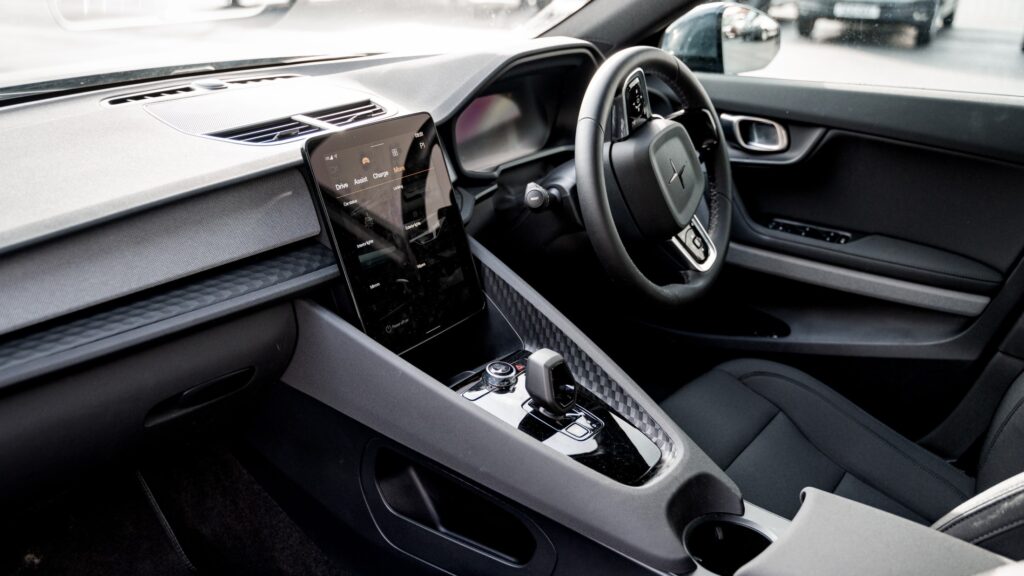
The silhouette of the Polestar 2, according to Missoni, is polarizing, and provocative, helping it to stand out in the crowd. Missoni was right as the Polestar 2, at the time, felt like an oversized sedan, with a cross-over stance and high body panels. He explains the design, “We’ve tried to give it a stance that, while not overtly aggressive, is confident and stylish.” Noting that the car should be efficient, dynamic, and engaging to drive.
In a healthy dose of activism, Polestar CEO, Thomas Ingenlath, said, in anticipation of the COP26 Climate Conference that the automobile industry was doing too little, and what it promised too slowly, to reach carbon-neutral mobility. German car manufacturers have been very busy with synthetic fuels instead and EV manufacturers are sourcing materials such as cobalt from contested regions. Ingenlath reacted to the ‘Glasgow Declaration on Zero Emission Cars and Vans’, an initiative from several manufacturers to phase out fossil fuel-powered vehicles between 2035 and 2040, stating that car companies are still selling gas and diesel cars up to 2040. Warning that these manufacturers are delaying the adoption of durable mobility.
Polestar Circularity
In March 2022, Autovista24 spoke to the Circular lead at Polestar, Sander Jahilo, about how the up-and-coming EV performance brand wants to become the most progressive car brand. The EV company has ambitious targets, planning to release a climate-neutral vehicle by 2030, the Polestar 0. Jahilo explained that the company wants to set benchmarks for itself, and other automakers, to reach higher circularity, as it says little awareness exists within the industry.
Through the Polestar 0, the company wants to make a statement. Creating the vehicle isn’t only about the carbon footprint, but also about the depletion of natural resources. Jahilo explains, “If we cannot reduce the amount of material that goes into the cars, or we cannot increase the recyclability of those materials in the cars, then we are still digging a hole for ourselves, even if it is carbon-neutral.” Warning that carbon neutrality shouldn’t be the only metric.
In order to achieve its circularity ambitions, Jahilo is developing a circularity road map, mapping all parts of a Polestar vehicle’s lifestyle. The automaker communicates its emissions, which ultimately serve as a guiding principle. Jahilo notes that the company wants to publish as much data as possible, whatever the result may be. Additionally, consumers and NGOs can analyze the data and force further supply chain improvements.
Polestar 0 project
Polestar has been heavily invested in making its 0-project one of the leading principles that has to drive the company forward and persuade competitors to reduce emissions wherever they can. In 2023, Polestar released its 2022 sustainability report. In the foreword, Thomas Ingenlath, CEO at Polestar, remarked that without immediate decisive action to decarbonize road transport, the car industry will have reached its carbon budget by 2025, with an expected overshoot of 75 percent by the year 2050. In order to prevent the industry from reaching this ominous tipping point, it has to accelerate the electrification of vehicles rolling off the production line.
Polestar reemphasized the urgency to take climate neutrality seriously as per the last IPCC report published in April 2022, where immediate action would be required to not breach the 1.5 degree Celsius threshold. Polestar aims to reach climate neutrality by 2040 in 5-year plan increments. In 2020, the automaker noted that each vehicle was responsible for 42.8 tonnes of GHG emissions, aiming to reduce this figure to 7.5 tonnes by 2040. Polestar admits that this leaves supply chain challenges that need further investigation.
Polestar plans to further reduce carbon emissions by optimizing recycling and using materials more efficiently to build the required components. Additionally, through its so-called Sustainable Upgrades program, the car manufacturer plans to reduce carbon emissions during production, manufacturing, and logistics. All these factors combined will result in the Polestar 0 project, the company announced back in 2021. The report highlights that dedicated R&D resources have been allocated to the Polestar 0 project. However, Polestar adds a disclaimer that the project is a moonshot program, intended to challenge internal teams, but concrete targets cannot be attached to it.
Pushing the envelope
The automaker notes that it has been frustrated by the lack of sustainability efforts employed across the industry. Hence, it wanted to become the benchmark itself and instill a sense of urgency in its competitors to aim for the 1.5-degree target. Polestar referenced its partnership with EV startup Rivian, together with consultancy firm Kearny, to map the carbon budget for the entire industry, highlighting the required steps for the automotive industry to reduce its carbon emissions. The findings revealed that the industry has to reduce its carbon emissions by 43 percent by 2030 to reach the IPCC-recommended actions.
A required pathway to reduce carbon emissions is the electrification of the fleet, noting that exhaust pipe fumes from internal combustion engines account for 60 to 65 percent of total carbon emissions during a vehicle’s lifecycle. Polestar touches upon a sensitive topic, as countries such as Germany and Italy have trouble parting with the internal combustion engine, which is a major lifeline for both countries’ economies.
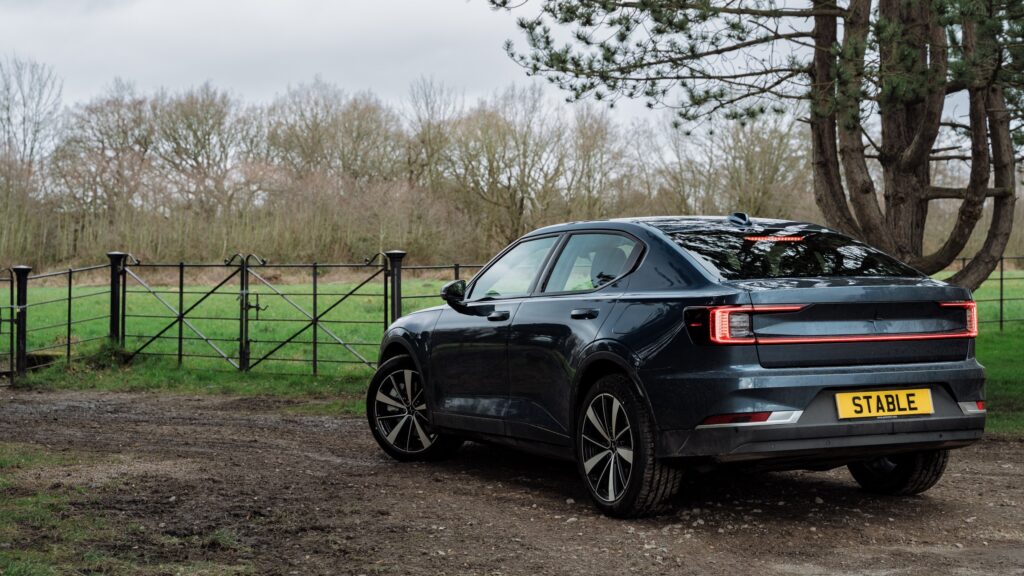
Polestar is looking critically at its supply chain, where it aims to increase its share of renewable energy substantially. It wants all its tier 1 suppliers to become fossil-free by the year 2025. The company admits that coal is a major energy source in China. These circumstances didn’t deter Polestar from setting carbon emissions caps for its suppliers. At its Taizhou manufacturing plant, leased offices, and locations, it has already made significant progress, increasing the share of electrification by 32 percent in 2022, compared to 2022. Interestingly enough, the company also reveals that its usage of natural gas has increased by 5 percent over the same period.
As a critical side note, it’s difficult to pinpoint how accurate carbon emissions statistics are when related to Chinese facilities, as manufacturing operations across China are poised with corruption and false administration practices. These figures can be much higher than reported to Polestar, which is basing its performance on auditors at its manufacturing plants.
Polestar sales increase
The reason as to why Geely and Volvo Cars chose to rebuild Polestar into a sustainable electric vehicle benchmark is shrouded in corporate jargon. Difficult to pinpoint. If we can speculate, we can trace back a strategy of Chinese automakers to find a pathway into the European market. By acquiring Volvo at a bargain from Ford, Geely, contrary to its competitors like NIO and BYD, bought a golden ticket into the European market. The sustainability was yet another hook to separate the brand from other Geely acquisitions such as Lotus.
The brand positioning hasn’t been in vain either, with Polestar clocking in record-breaking sales. In July 2022, the automaker reported that it saw its sales increase by 125 percent in the first of 2022 compared to the same period last year. In the press, the CEO at Polestar, Thomas Ingenlath, said, “It is great to see that the number of enthusiastic Polestar 2 customers is growing so quickly.” Remarking that the company expects to maintain strong momentum in coming years, especially as “more ground-breaking” vehicles are expected to reach customers in years to come.
Sustainability ambitions
Whatever the results may be. Polestar is right on track to become one of the leading EV brands with little signs of losing momentum. Polestar has aggressively reevaluated its supply chain, trying to reduce emissions wherever it can and calling out other manufacturers to rise up to the task and start ramping up the adoption of cleaner mobility alternatives. Its commitment, transparently communicated through sustainability reports, helps to garner trust with its buyers and industry onlookers. That it chose sustainability, which may just be a clever marketing strategy, is something we can only applaud and other brands can, or should, add to their playbooks.
Further reading
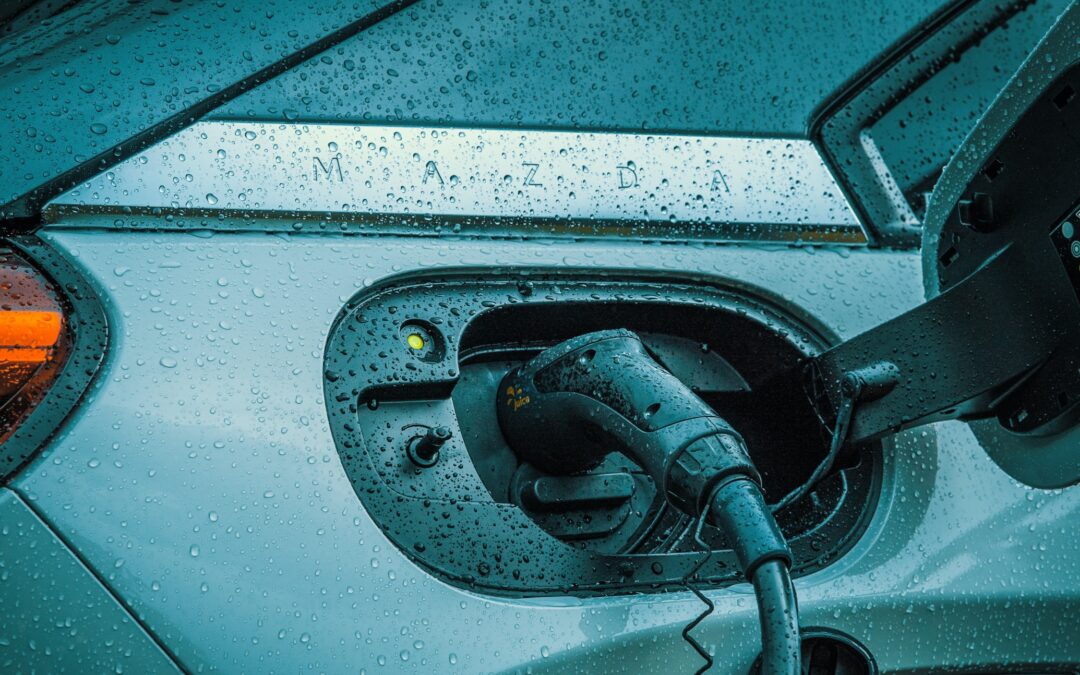
Will Mazda survive the EV revolution?
Mazda has been reluctant to release dedicated EV models. Can it ramp up fast enough to survive the switch to electric...
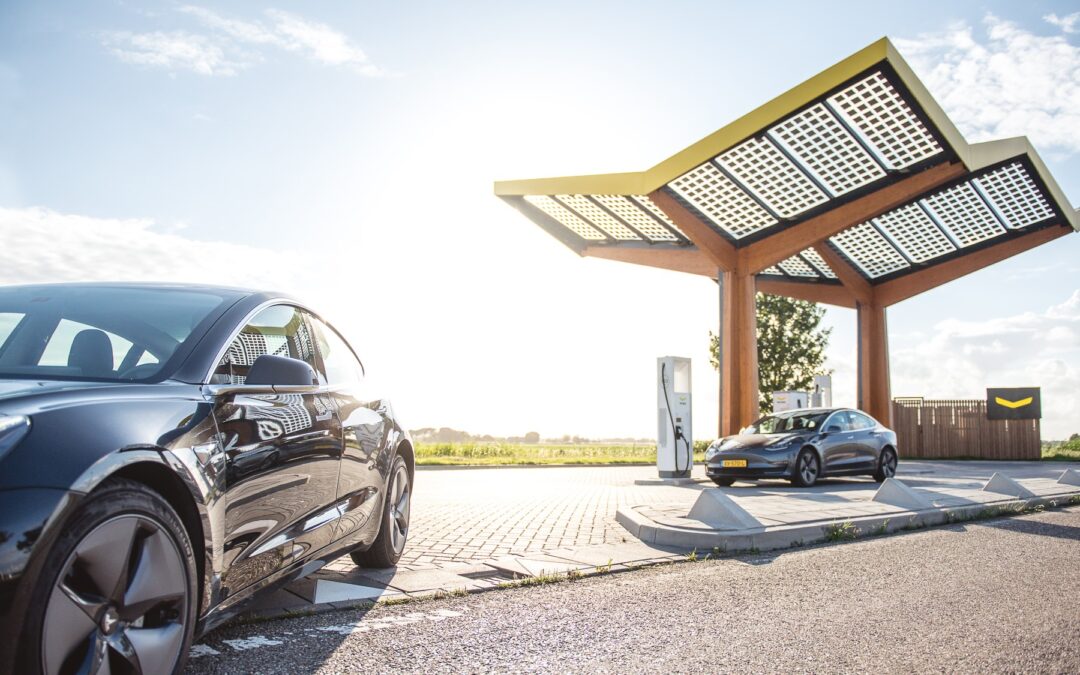
Can Fastned compete with IONITY?
Dutch EV charging start-up Fastned is rapidly expanding across Europe, but is able to keep up with its main competitor...
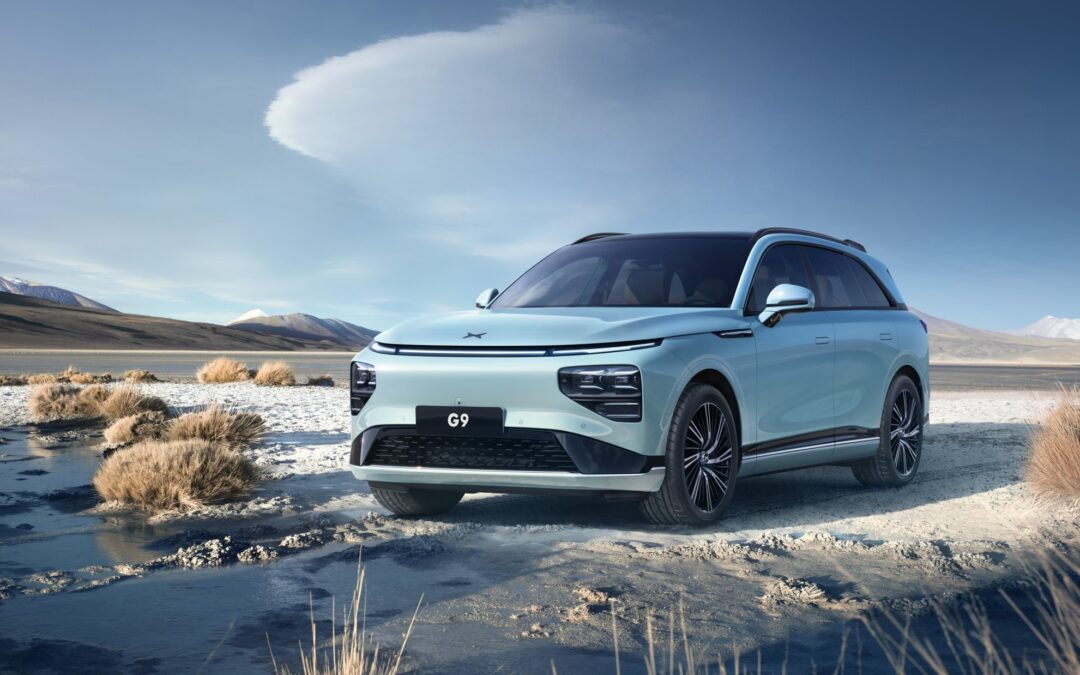
Can XPENG conquer the EV market?
Chinese EV startup XPENG has set its sights on conquering the electric vehicle market. With varying success. ...
Most recent

How Myanmar lost 30% of its forest in 30 years
Myanmar is seeing deforestation rates increase rapidly. In the last three decades, the country already lost 30 percent...
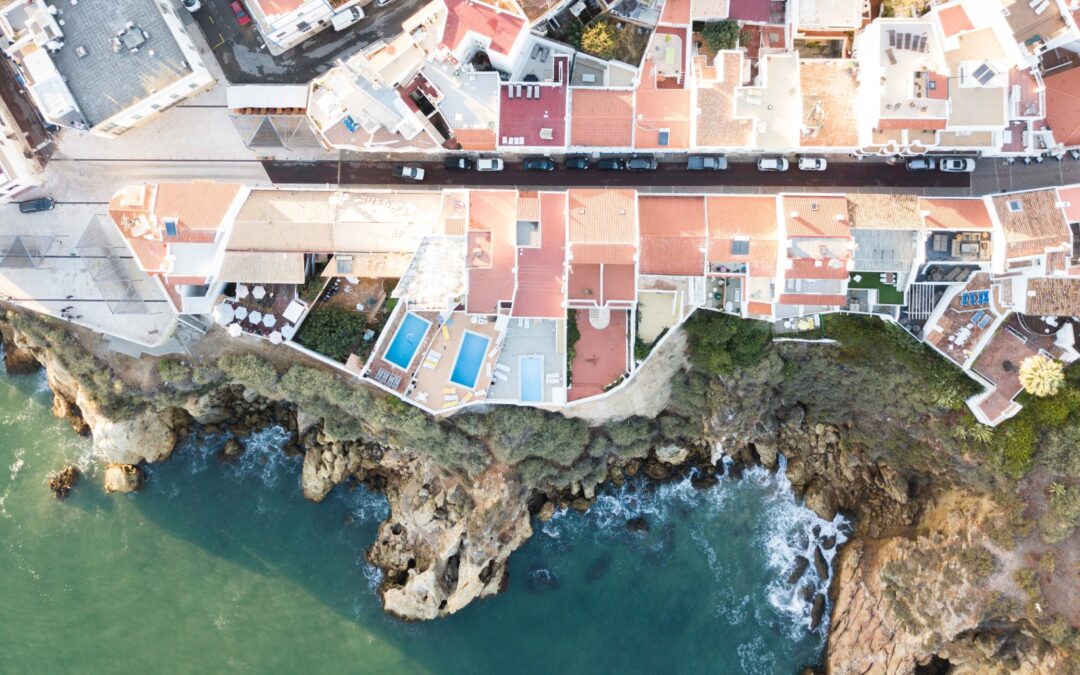
Portugal’s struggle to part with fossil fuels
Portugal is heavily reliant on fossil fuels and its love affair with the fossil fuel industry makes transitioning to...

Climate change spells uncertain future for winemakers
Winemakers ride into an uncertain future as climate change spells greater uncertainty for their businesses. Climate...


